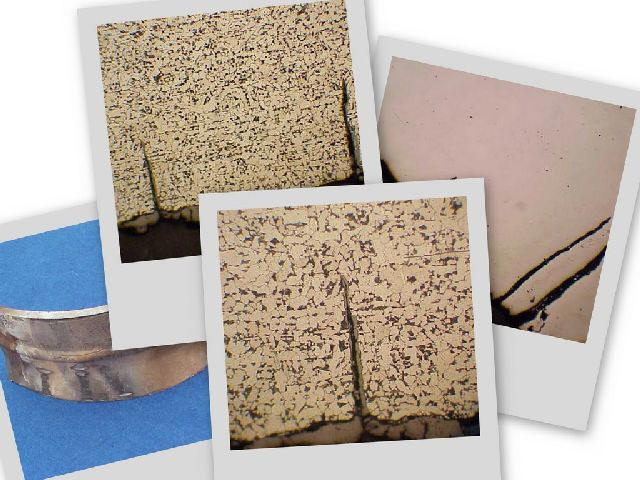|
Corrosion
fatigue
A form
of fatigue cracking in which cracks develop under the combined
affects of cyclic loading and corrosion. Cracking often
initiates at a stress concentration . Cracking can initiate at
multiple sites.
In cycling boilers, the damage
usually appears first on the water side of buckstay attachments
. The cracking pattern may be circular cracks surrounding the
weld between the buckstay attachment and the waterwall tube. In
cross-section, the cracks tend to be bulbous with numerous lobes
. The crack tips themselves may be somewhat blunted but are
oxide filled and transgranular.

Critical Factors
a) The
critical factors are the material, corrosive environment, cyclic
stresses and stress raisers.
b)
Cracking is more likely to occur in environments that promote
pitting or localized corrosion under cyclic stress due to
thermal stress, vibration or differential expansion.
c)
Contrary to a pure mechanical fatigue, there is no fatigue limit
load in corrosion-assisted fatigue.
Corrosion promotes failure at a lower stress and number of
cycles than the materialsí normal endurance limit in the absence
of corrosion and often results in propagation of multiple
parallel cracks.
d)
Crack initiation sites include concentrators such as pits,
notches, surface defects, changes in section or fillet welds.
|



